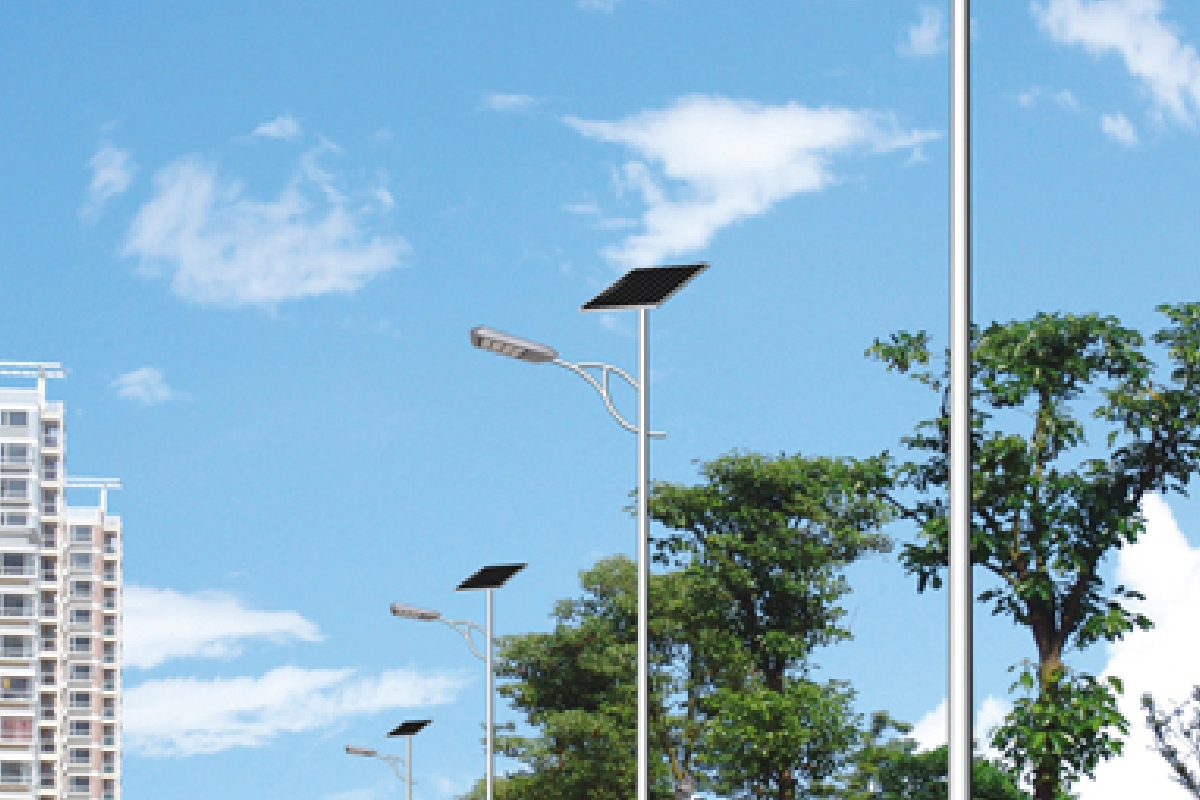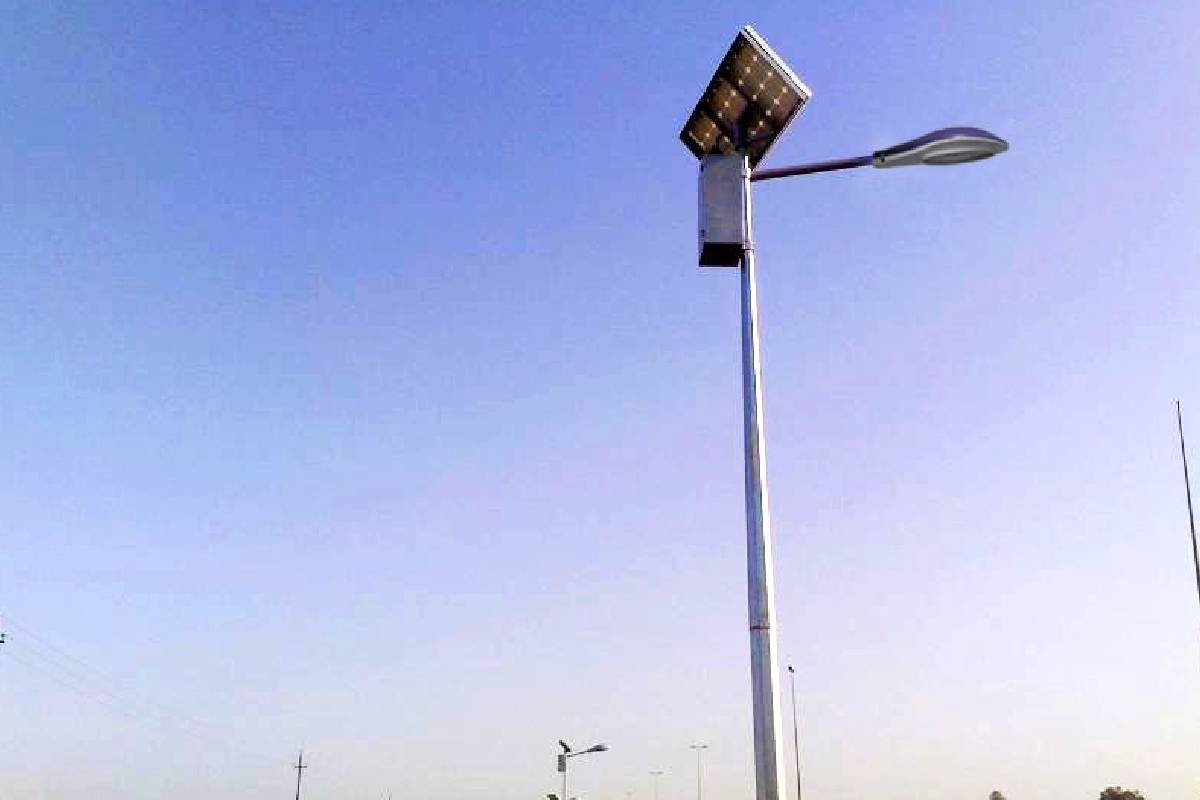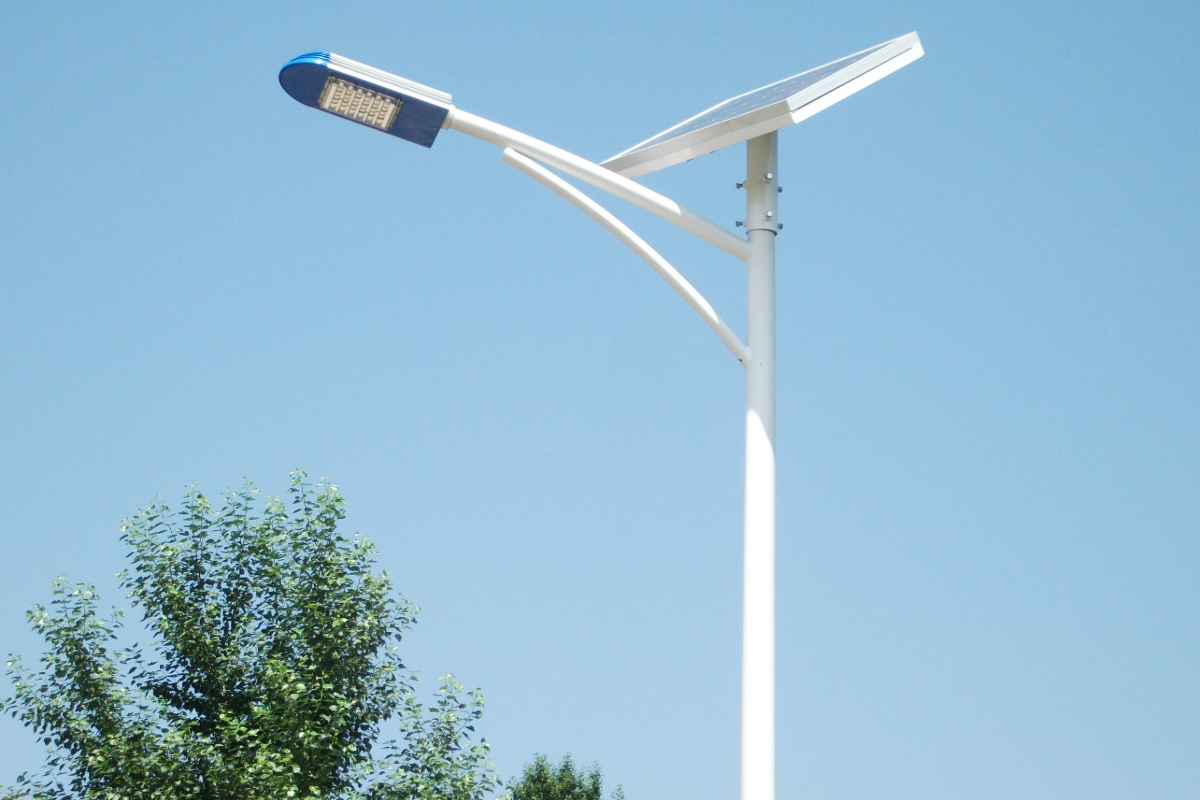I. Common Concerns When Purchasing LED Street Lights
The market is flooded with a wide range of LED lighting products. When purchasing LED street lights, people usually focus on the following:
- Wattage
- Power consumption
- Brightness
These common-sense factors often influence people’s choices and judgments about the quality of lighting fixtures.
II. Common Misconceptions: Misunderstandings About Wattage and Price
People tend to fall into two misconceptions:
- Assuming that “the higher the wattage, the brighter the light.”
- Thinking that “for LED lights with the same wattage, the cheaper the better.”
In fact, these are misunderstandings of key concepts—wattage is not directly equivalent to brightness. The brightness of a light fixture should be judged primarily by its “luminous efficacy” (referred to as “light efficacy”).
III. Key Indicator: Luminous Efficacy (lm/W)
- Definition: Luminous efficacy is the ratio of the luminous flux emitted by an electric light source to its power consumption, measured in lumens per watt (lm/W). It is the core technical parameter for evaluating the energy efficiency of electric light sources.
- Luminous flux: Refers to the total amount of light emitted by a source per unit time, measured in lumens (lm).
- Core logic: The higher the luminous flux emitted per unit of power consumed by the light source, the more efficient the conversion of electrical energy into light energy, meaning higher luminous efficacy.
Therefore, when determining whether an LED street light is of high quality, luminous efficacy is a more important indicator than wattage or price.




